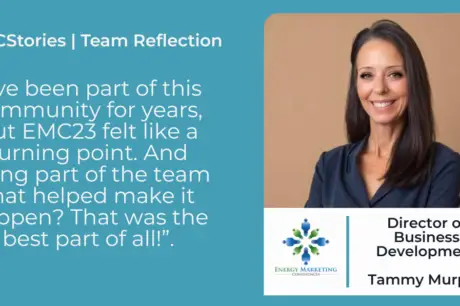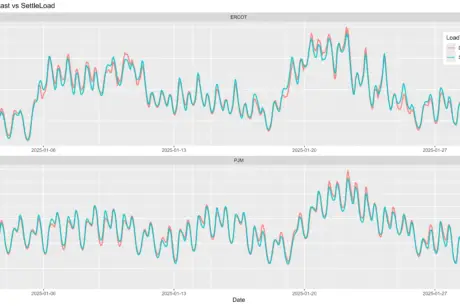The Department of the Air Force (DAF) aims to protect and strengthen energy resources at its installations to ensure mission success. In alignment with the administration’s priorities to enhance American energy dominance and with Executive Orders 14154, 14156, and 14299, DAF is utilizing a technology-agnostic approach to improve energy security, ensuring technologies are holistic and target an installation’s unique mission requirements. The AF Office of Energy Assurance of the AF Civil Engineer Center (AF OEA (AFCEC/CN)) facilitates this approach, and it currently supports ongoing initiatives for geothermal energy, nuclear energy, and advanced energy storage, among other areas. These initiatives, while precision-aimed at reinforcing military operations, will also bolster the nation’s energy independence.
Geothermal Energy
Installations largely rely on grid electricity for critical missions, but grids are susceptible to power outages, extreme weather, and adversarial attacks. To maintain mission continuity and comply with congressional mandates for energy availability under 10 U.S.C. § 2920, DAF is seeking novel methods to generate electricity at its installations using geothermal energy, which can remain available during grid outages. Of note, DAF is heading the Geothermal for Energy Dominance Initiative (GEDI) to identify and support geothermal solutions. Within GEDI, DAF is collaborating with leading geothermal energy companies and research institutions; to date, 15 firms have been vetted and are able to negotiate a contract with DAF and other Services to develop projects. These collaborations aim to demonstrate the technical viability, all-hazards reliability, and cost effectiveness of geothermal energy systems as an energy resilience solution for Defense installations.
Nuclear Energy
The Defense community has long recognized nuclear energy for its potential to provide a stable and high-density source of power. DAF is exploring the capabilities of nuclear energy to support its mission-critical infrastructure through ongoing efforts. Of note, the DAF has identified Eielson Air Force Base in Alaska as the preferred site to construct and operate an advanced nuclear microreactor. This technology can deliver up to five megawatts of electricity directly to the base, improving operational resilience and energy security and paving a path forward for future energy projects. Additionally, the DAF has partnered with the Defense Innovation Unit and Department of the Army on the Advanced Nuclear Power for Installations (ANPI) program, which allows the development of on-site microreactor technologies at select installations to examine full-lifecycle nuclear energy generation. Through the ANPI program, we have selected eight domestic companies who are developing commercial microreactors to demonstrate their technological abilities at Defense installations.
Advanced Energy Storage
Installations have historically relied on diesel-fueled backup generators to serve critical loads in the event of an interruption to electricity services, but they are unreliable for long-term power outages. An alternative solution is advanced energy storage, which consists of various technologies, many of which are on the cusp of being able to provide safe, reliable, and cost-effective energy resilience for mission continuity. For example, mechanical energy storage systems, such as rail gravity storage and geothermal storage using supercritical CO2, can provide up to 100 hours of backup power. Given the promise of advanced energy storage to energy resilience, AF OEA (AFCEC/CN) is preparing a solicitation for demonstration-ready technologies from commercial-ready companies. DAF seeks to use its installations as test beds for demonstration projects with potential for long-term investment.
Conclusion
DAF will continue to prioritize and invest in cutting-edge energy technology through these and other initiatives. AF OEA (AFCEC/CN) will partner with other Services, Federal and State agencies, industry, commercial, and utility companies – the full domestic energy sector – to develop these initiatives into impactful resilience solutions for installations. If you have an idea to share, please see the AF OEA (AFCEC/CN) website. The successful development of novel ideas can serve as a model for future energy projects.
By: Kirk Phillips, Director, Air Force Office of Energy Assurance










